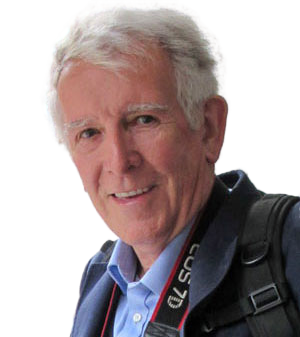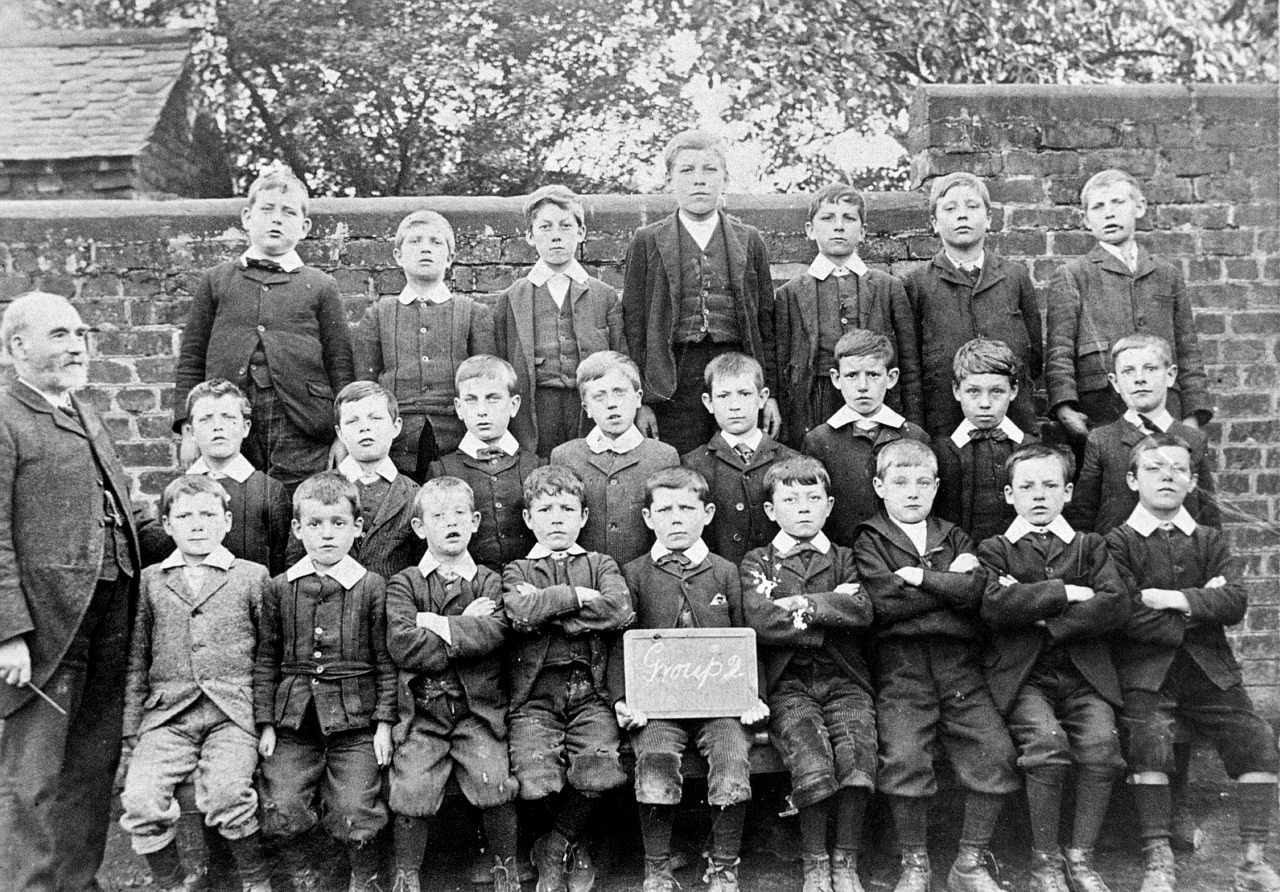
As we approach the 60th Anniversary of the opening of Christleton Secondary now High School I thought it appropriate to look back at the educational opportunities provided in Christleton over the years from 1779 - 2018. It is interesting to note that the original log book for the John Sellers Charity dated 1779 is still in use. The late Margaret Croston was clerk for over forty years, a post currently held by Mrs Pauline Pratt Chairman of Christleton Parish Council. Funds from the Trust are still distributed each year to individuals and the schools in Christleton.
1. John Sellers Charity School (Boys & Girls) 1779-1904
Set up by John Sellers & Local worthies for the poor children of Christleton & Littleton.
It was extended by deed to include the children of Rowton in 1805, and with a donation from John Hignett of Rowton by a further £100.
Originally there were 10 boys and 10girls, and by 1840 there were 70 boys and 60 girls.
The original building in the churchyard was extended in 1846, and again in 1873. This school closed when the new Boys School was built on the former ‘Ring O Bells’ Site in 1886. The Girls & Infants had already moved to their new building at the junction of Rowton Bridge Road and Quarry Lane.
Mary Johnston who died in 1844 aged 69 years had been a faithful Schoolmistress for the girls for 40 years. George Mayers is also said to have been schoolmaster and Parish Clerk for 40 years, and occupied the School House (Church View) in Pepper Street. His wife was also a school mistress.
The John Sellers Charity
Details of a meeting dealing with the running of the Trust
The Trustees appointed by John Sellers charity Deed dated the 23rd day of December 1779, intend to meet in the vestry in Christleton Church, on Sunday the twenty fourth of this instant June, immediately after divine service in the afternoon to nominate and fix upon poor children belonging to or inhabiting in Christleton & Littleton to be instructed in reading, English, Writing, Arithmetic, Spinning, Sewing, Weaving or other manual work, and also to appoint a proper person or persons to instruct the said children and to fix upon the allowance which is to be made for that purpose, and carry the charity deed into Execution.
The surviving trustees appointed by the said Trust are the said, Mr John Seller, The right Honourable Earl Grosvenor, the Reverend Thomas Mostyn, Rector of Christleton, Robert Townsend, John Clegg, James Croxton & Thomas Ince Esquires, and Gerrard Townsend John Hignett & John Cheers Gentlemen, and all other persons who now have or hereafter may have an estate of freehold in possession in Christleton or Littleton of the yearly value of twenty pounds or upwards above Reprizes and all such other persons as shall contribute the sum of five Guineas or upwards towards the building of the school & School House upon that part of the Charity Lands which adjoins the churchyard in Christleton are also appointed Trustees of the said charity and all the said Trustees whether male or female are empowered to vote in person or by their proxies(to be appointed in writing) at all Vestry Meetings relating to the said charities. –It is apprehended that the rents of the Charity Lands will be sufficient to pay for the yearly Schooling of about ten poor children-
Dated this 10th day of June 1787
Signed
*Thomas Mostyn Rector of Christleton*
*Rob Townsend, Thomas Ince, Jn Hignett*
Ref Cheshire County Council Records Office Reference OBA 95
2. Christleton Dame Schools Early 1850 s
There were 2 Dame Schools in the Parish
a. Catherine Mayers at Hen Davarn. (Bottom of the Wood)
b. Mrs Weaver’s at Rowton Bank.
Dame Schools were in effect the Play Groups of their day. Catherine Mayers school was situated in a little room at the back of the Inn to the right of the present High School entrance called Hen Davarn,( the Welsh for Old Tavern) and known as The Bottom of the Wood. The entrance was through a door at the front of the building which led to stairs and the school room. This room was recently restored and a small row of coat pegs could still be seen on one of the walls. It also had a fireplace, so was quite cosy for the small group of children who were taught there. Before the 1870 Education act there was little formal education for working class children and a small charge for schools that did exist, usually church schools. I think that this Dame School run by Catherine Mayers pictured probably got support from her brother George Mayers, Headteacher of the Boys School in the village. Dame Schools often had a poor reputation, and were seen as cheap day care in what was still a largely agricultural community.
3. Christleton Academy. Situated at Holly Bank (now Birch Heath Lodge)
The school was in existence in 1817. It was a School for 15 Boarders aged 9 to 15yrs.
Proprietors were Benjamin & Ephraim Parkin.
School Master Thomas Lakeland and his wife Mary Jane ran the school with two servants.
Thomas Welsby aged 12 1/2yrs wrote to his father in 1823 about life in the school. The Welsby’s were wine merchants in Bridge Street, and the family were connected to the village until the 1980’s. Barbara Welsby was a founder member of the Local History Group.
Dear Father,
Considering the season of the year undoubtedly you’ll be surprised at receiving this letter from me, not so much to learn when we break up, for that I daresay you know already, as to see the improvement in my writing. I am at present reading in Latin, Caesar’s Commentaries in Gaul, and have advanced in Miscellaneous Questions and in the use of Arithmetic. I have likewise paid great attention to my other studies, and I daresay you will be pleased with my improvements generally. We break up on the 16th June and the school will reopen on 16th July. Messrs Parkin and Tosh desire their best respects. Mary Jane is very well and in good spirits, as myself. She desires to join me to you, and my dear mother.
Sincerely dear father
Your affectionate son
*Thomas Weslby*
4. Christleton Girls & Infants School 1856
Also called.
Christleton Girls and Elementary School (1886)
National Girls and Infants Voluntary Aided School (1902)
Christleton C of England Aided (1955)
Christleton C of E Girls & Infant School (1863)
It was built by local builder Joseph Mayers for £400. The land was provided by John Brockwood , Lord of the Manor, and paid for by Lucy Anne Ince from Christleton Hall.
The building was extended in 1873.
A Catherine Faulkner writes about this time.
“After leaving Miss Weavers School, my sister and I went to Christleton new Girls School.
She also describes life in the Dame School.
The teacher was a Miss Bennett and the school was held in a room over Betty Dutton’s house, the nearest to ‘The Bottom of the Wood’ and it had a separate entrance-----.
I was one of the first pupils to go to the new Girls School”.
She also remembers meeting Mrs Currie.
“I remember meeting a widow lady named Mrs Currie and reflect how generous she was to the poor people of the Parish. As a child I broke a leg and remember Mrs Currie bringing me a squeaking doll to amuse me.” Later I went to Miss Lovatt’s Private School in Boughton and later to Miss Douglas’ School which was held in the Salt Box House adjoining the Brown Cow in Waverton.
5. Christleton Boys School. (No 1 Log Book from 1867)
The school existed in what is now the Parish Hall and took boys from 7yrs of age. It remained an all aged Boys School until 1958. It was a Church School, so the new Boys School was built under the guidance of Canon Garnett in 1886, and his crest still exists on the north side of the building. It was built with shiny new Ruabon bricks which had become very fashionable at this date. The site cost £600, and had been purchased from the owner of the former Ring O Bells Public House, a Mr Parry. The new building cost £1200 to build and consisted of two large classrooms divided by a screen, a small room, sometimes used as an additional classroom, and a tiny office. The toilets were outside in the yard, and were alongside the coal store. The building had a cellar where the boiler existed, and sometimes in the winter when the water table was high you could smell the beer absorbed in the stone from 100yrs before. There was also a small wood burning stove to provide heat. (In 1900 the School leaving aged changed to 13yrs. Pupils went on to Chester Grammar School, Love Street Secondary School or to the world of work.
Sam Earlam was the Head master from 1865 -1909 (44 years).
Other well respected Headteachers’ include Tom Solloway. Mr Hullah, & Marian Kershaw.
This building became the place where all the events of the parish took place, musical evenings, concerts & pantomime, teas & celebrations, meetings to organise village events, elections, even recruiting evenings to persuade local youths to join the Cheshire Regiments to serve in WWI.
During WWII, the building was shared by pupils from a Catholic School in Liverpool.
This building continued as a Boys School until 1958, when changes took place to ensure boys and girls had equal opportunities to be educated together, and the building then became an effective Primary School. The older boys then transferred to the new Christleton Secondary School, or to Ellesmere Port Grammar School at Whitby. The building remained in the Church School sector until April 23rd 1974 when all the staff & pupils from both Infant and Junior Schools in the village transferred to a new Cheshire County Council Primary School in Quarry Lane.
David Cummings had been appointed in July 1972 to be Headteacher of the existing C of E Schools, and to organise the exciting move to the new County Primary School in Quarry Lane.
-
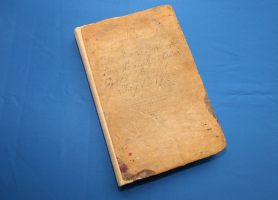
John Sellers Minute Book 1779
-
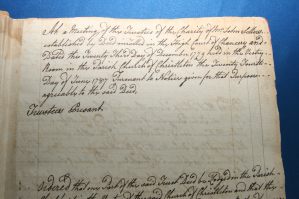
Setting up the new John Sellers School
-
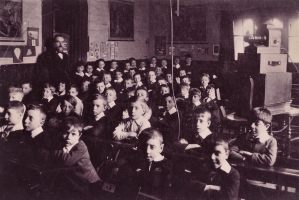
John Sellers School
-
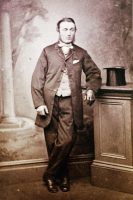
George Mayers Headteacher 1850's
-
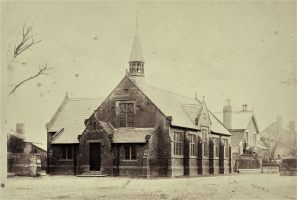
The New Boys School 1876
-
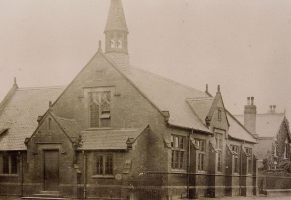
The New Boys School and Schoolmasters house
-
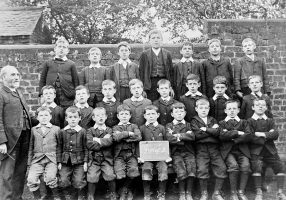
Sam Earlam and Boys School c.1900
-
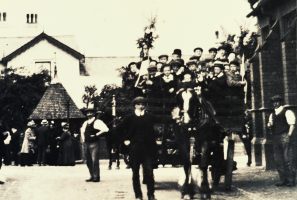
Boys outside School 1907
-
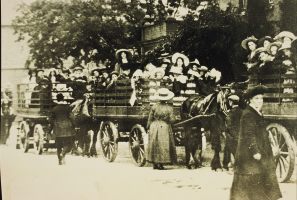
Girls on Waggonette trip to Rhyl
-
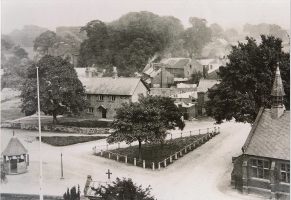
The Village Green with School
-
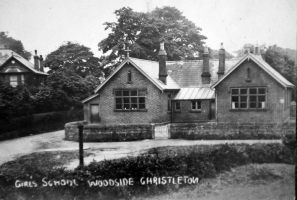
Christleton Girls and Infants School c.1900
-
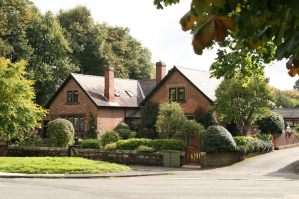
The old Girls and Infant School
-
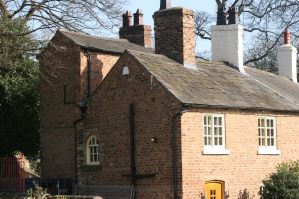
The Dame School
-
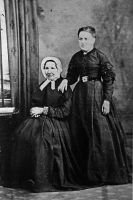
Christleton Dame School - Catherine Mayers
-
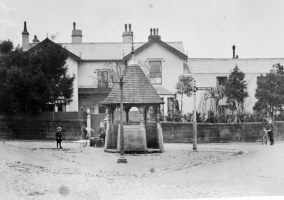
Former Christleton Academy
